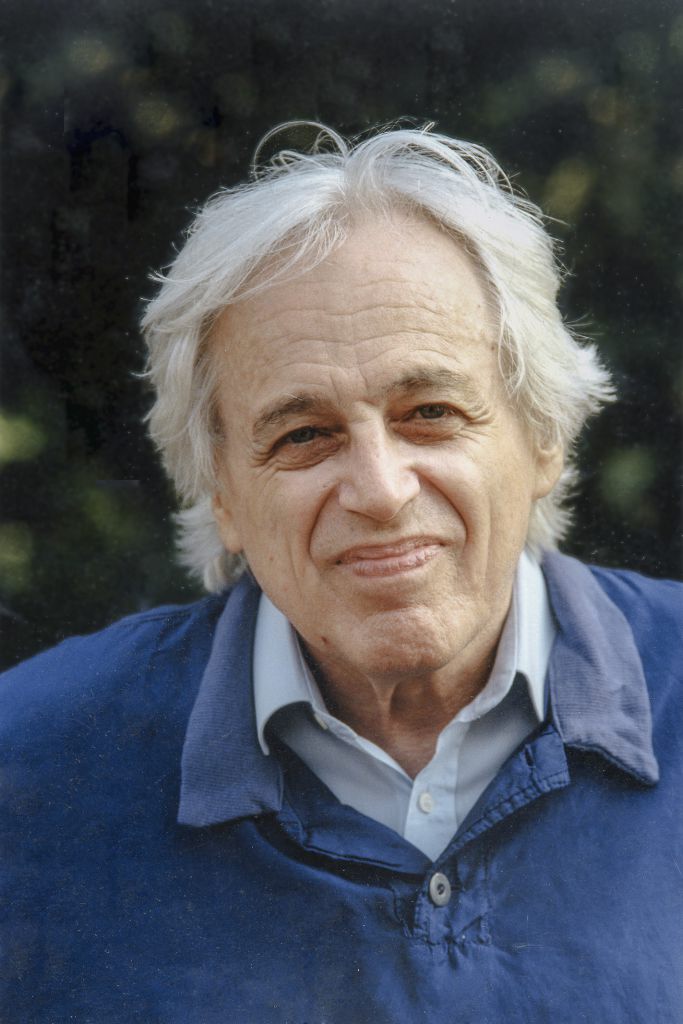This year’s Vienna Days of Contemporary Piano Music were devoted entirely to György Ligeti in celebration of what would have been the composer’s 100th birthday. Ligeti, who passed away in 2006, numbered among music’s most influential personalities after 1945, and his accomplishments—which extended into the 21st century—remain strongly present in today’s contemporary music.

The piano accompanied Ligeti throughout his life as a composer: the late 1930s witnessed the creation of his first piano pieces, and his final etude—Canon—was written in 2001. Many of his early works, which clearly exhibit the stylistic influence of Béla Bartók, went unpublished and are now held by the Paul Sacher Foundation in Basel. 2023, however, will finally witness their publication, and the publisher Schott Music has graciously made a selection of these works available to the Ludwig van Beethoven Department of Piano in Music Education for their territorial premières in Austria—a responsibility that, it goes without saying, we have assumed with great enthusiasm.
Ligeti took his initial steps toward developing an independent musical language during the post-war period as a student at Budapest’s Liszt Ferenc Academy of Music. The polyphonic texture and virtuosic motivity heard in his compositions from these years, such as 2 Capricci and Invention, already anticipate significant elements of his later works for piano.
Cut off from developments in the West and increasingly restricted by the rigidity of Stalinist art doctrine, Ligeti composed his first major set of pieces for piano—Musica ricercata—during the early 1950s. In these pieces, Ligeti began creating a new style more or less “from nothing” by experimenting with elemental structures and setting out, thoroughly in the spirit of his title, to discover just how much compositional wiggle room he could claim for himself within strict, self-imposed limits on the musical material. Fully aware of how this collection—originally subtitled “11 Studies”—would go unperformed, he devised its radical concept partly as an expression of rebellion against the ruling Stalinist regime.
Following his Chromatic Fantasy, composed in 1956 just before his escape to Vienna as his only excursion into the world of dodecaphony, nearly 3 decades were to pass before Ligeti began work on his major cycle of Études. These pieces, which take up the tradition of Chopin, Liszt, and Debussy, are not just highly virtuosic concert etudes but also a projective surface for Ligeti’s broad horizon and his interest in the most varied areas of the arts, the sciences, and ethnomusicology. His Études blend traditional pianistic means—Ligeti employs almost no extended techniques—with a compositional technique that is conceived with extreme thoroughness. At the same time, these pieces are also overwhelmingly characterised by exceptional technical difficulty. Aspects of this include: complex rhythms, above all the effect of “rhythmic illusion”, where melodically emphasised notes or accents within a continuum of small note-values allow additional parts and/or simultaneously running layers of tempo to be perceived; and polyphony, for which Ligeti takes well-known compositional techniques from the Late Middle Ages to their extreme—with the autonomy required of the right and left hand frequently necessitating a veritable “split brain” on the part of the performer. These aspects are joined by Ligeti’s fascination with the mechanical, which explains the debt owed by his Études to Conlon Nancarrow’s Studies for Player Piano.
Ligeti, who was not a “pianist-composer” and never performed his Études, frequently makes enormous demands on the player in terms of ultra-fast tempi and musical sequences specified in rhythmically exact notation. One more than occasionally feels reminded of an instruction that can be found in Ligeti’s string quartets, where the composer requires the performers to play “like a precision mechanism”.
The natural consequence of all this is that each of the Études takes an accordingly great amount of time and effort to prepare. However, the endurance and concentration necessary for this practising process does indeed find nourishment in the works’ substance and the irresistible magic that emanates from György Ligeti’s music—a magic that, to conclude by paraphrasing Thomas Mann, definitely more than fulfils art’s aspiration to work on the spirit through the senses.

